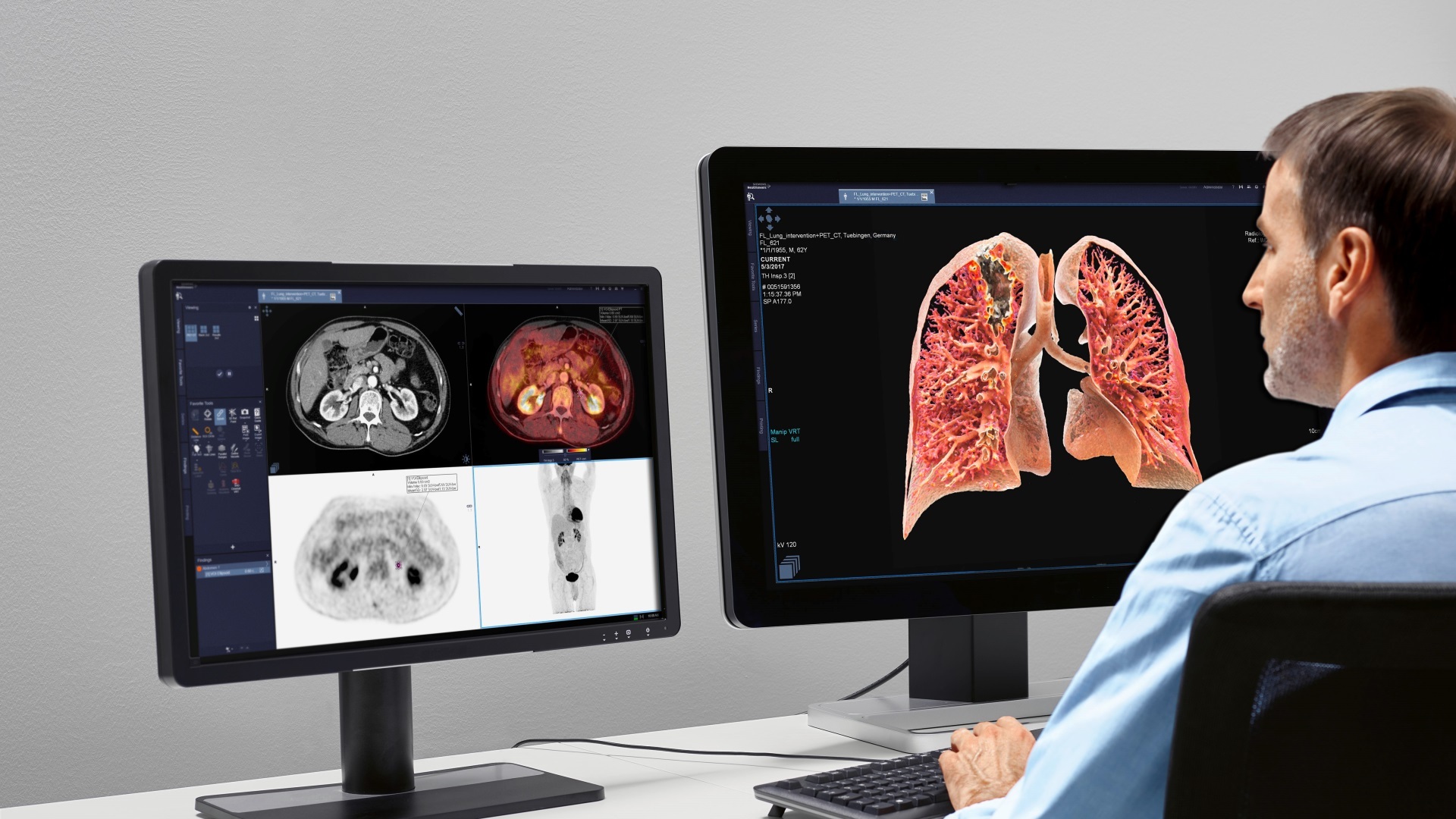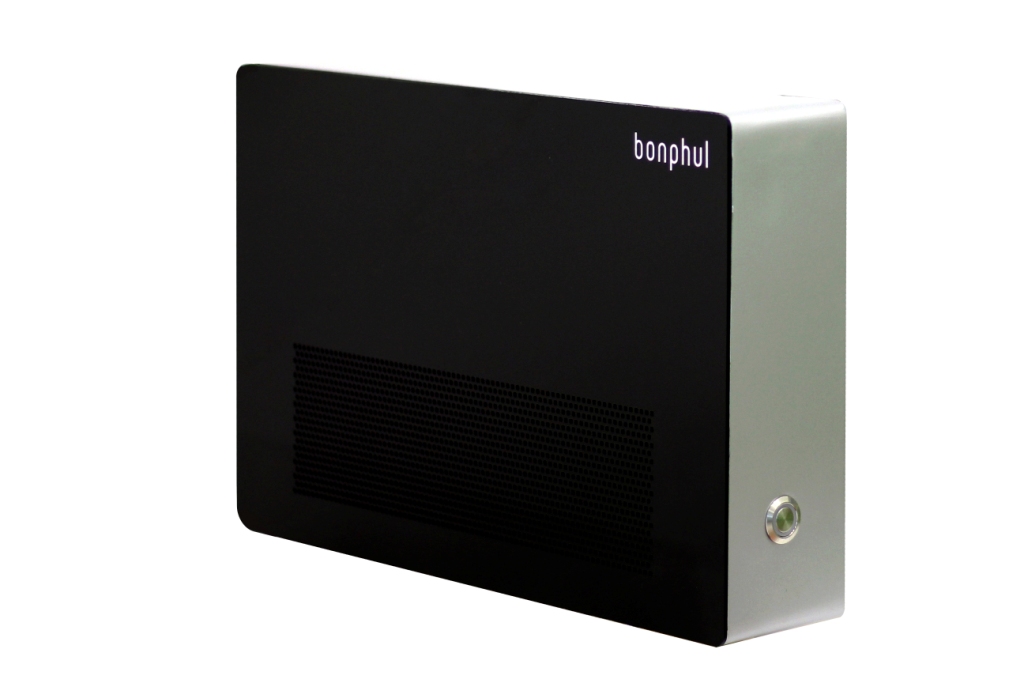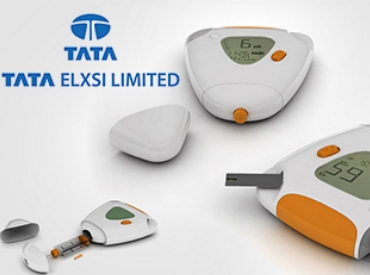
 Evidence-based decision support programs may be able to reduce the number of unnecessary CT pulmonary angiographic exams used to uate pulmonary emboli (PE) in the emergency department (ED), according to a study published online Dec. 20 in Radiology.
Evidence-based decision support programs may be able to reduce the number of unnecessary CT pulmonary angiographic exams used to uate pulmonary emboli (PE) in the emergency department (ED), according to a study published online Dec. 20 in Radiology.
Ramin Khorasani, MD, MPH, of Brigham and Womens Hospital in Boston, and colleagues looked at the effect computerized clinical decision support (CDS) had on usage rates and yields of CT pulmonary angiography in a 793-bed quaternary care facility which sees 60,000 ED visits annually. The study period ran from Oct. 1, 2003, to Sept. 30, 2009, with CDS implementation occurring in August 2007.

Given that the use of ED CT pulmonary angiography for the diagnosis of PE is increasing (a recent study found that the number of ED CT pulmonary angiograms of the chest at one large academic institution increased fivefold from 2001 to 2007) and that evidence-based guidelines for imaging patients suspected of having PE exist, it may be an excellent target for uating the impact of CDS, wrote the authors.
Results showed that implementation of computerized CDS was associated with a more than 20 percent drop in the use of CT pulmonary angiography. Of the exams that were still performed, they were more likely be positive for acute PE as yields increased 69 percent.
Prior to implementation, CT pulmonary angiography use was on the rise, jumping from 14.5 to 26.4 exams per 1,000 patients quarterly between Oct. 10, 2003, and July 31, 2007, an increase of 82.1 percent. After implementation, quarterly use dropped to 21.1 exams per 1,000 patients.

If suboptimal use of CT pulmonary angiography for the uation of PE in the ED exists, then integrating CDS for CT pulmonary angiography into a computerized physician order entry system has the potential to increase quality and appropriateness of ED imaging while decreasing potentially unnecessary examinations, summarized the authors.
The researchers noted that another recent four-month study of CDS in the ED was unable to show a decrease in the use of CT pulmonary angiography. The authors said the difference between results was likely caused by differing roll-out strategies. Khorasani et al said that their facility had emergency physician champions of CDS and there was also an education campaign which reinforced the basis of the CDS strategy. They noted that such a change likely takes months before it is optimised.
Be a part of Elets Collaborative Initiatives. Join Us for Upcoming Events and explore business opportunities. Like us on Facebook , connect with us on LinkedIn and follow us on Twitter , Instagram.












